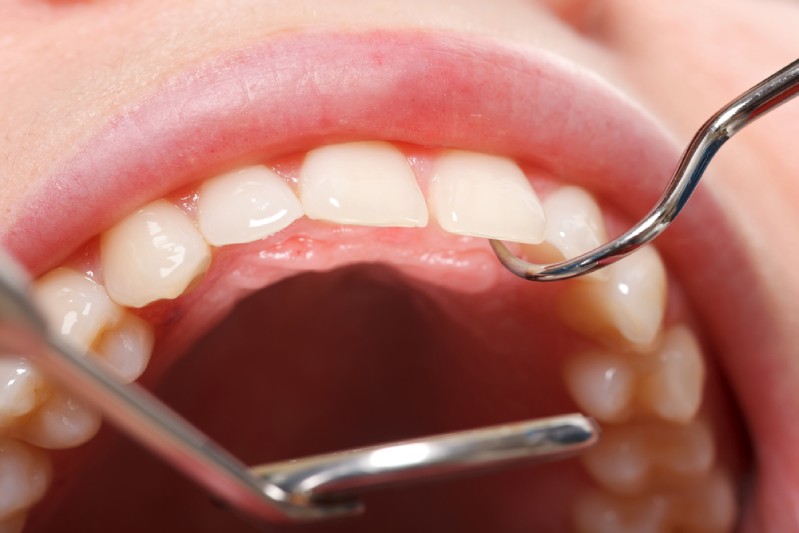
Tooth enamel is a protective layer on the surface of our teeth, made up of a hard mineral substance called hydroxyapatite. It is the outermost layer of the tooth and plays a vital role in protecting our teeth from daily wear and tear, decay, and sensitivity.
Tooth enamel loss can occur due to various reasons, and when this occurs, our teeth become more susceptible to decay, cavities, and sensitivity. In this article, we will explore the causes of tooth enamel loss, its symptoms, and how to restore tooth enamel naturally.
What is Tooth Enamel Loss?
Tooth enamel loss is when the enamel on your teeth is eroded and worn away. This happens for a number of reasons but very often is out of your control and is something you’re born with.
Over time, enamel becomes thin leading to sensitive teeth and a higher risk of decay.
Symptoms of Low Tooth Enamel
Tooth enamel loss can lead to various symptoms, including:
- Sensitivity to hot and cold foods and drinks
- Discoloration or yellowing of teeth
- A rough texture on the surface of the teeth
- Visible pits or holes in the enamel
- Increased risk of decay and cavities
What Causes Tooth Enamel Loss?
There are many factors that can contribute to tooth enamel loss. While this varies from person to person, these factors can make the issue worse.
Overconsumption of acidic foods and drinks: Consuming a lot of citrus, soda, and sports drinks can erode your enamel and have a negative impact on your teeth over time.
Brushing your teeth too hard: Brushing your teeth too hard or with a toothbrush that has hard bristles can wear away the enamel, leading to sensitivity and tooth decay.
Teeth grinding: Habitual grinding or clenching of teeth can put a lot of pressure on the enamel, causing it to wear away over time.
Genetics: As mentioned, some people are predisposed to having weaker enamel due to genetics. These people will have to pay extra close attention to their oral health.
Can Tooth Enamel Be Restored?
Tooth enamel cannot be restored or regrown once it has been lost. However, there are various treatments available that can help to strengthen and protect the remaining enamel. These treatments include fluoride treatments, dental bonding, and veneers.
Keep in mind that the sooner you take action on these types of issues, the better results you’re likely to have in the long run.
If you’re trying to reduce the side effects of tooth enamel loss, it’s best to avoid acidic foods and be careful when eating or drinking cold things.
Can You Reverse Tooth Enamel Decay?
Tooth enamel decay can be reversed if it is caught early enough. This can be done by removing the decay and filling the cavity with a dental filling. If the decay has progressed to the point where it has reached the dentin, a root canal may be necessary to save the tooth.
Alternative Solutions
In many cases, restoring a tooth that has worn down is not possible and other options must be considered:
Veneers: Veneers are thin, custom-made shells that are placed over the surface of the tooth to cover any imperfections. They can be used to improve the appearance of the tooth and protect the remaining enamel.
Dental Bonding: Dental bonding is a procedure where a resin material is applied to the surface of the tooth to repair any chips, cracks, or other imperfections. The resin is then hardened and polished to match the surrounding tooth, creating a natural-looking result.
Final Thoughts
Tooth enamel loss can have a significant impact on our oral health and overall well-being. It is important to take steps to protect our enamel and prevent further loss, such as avoiding acidic foods and drinks, brushing and flossing regularly, and using a soft-bristled toothbrush.
If you are experiencing symptoms of tooth enamel loss, it is important to know that there are options. Follow some of the tips outlined in this guide to learn how to strengthen tooth enamel.
Once the enamel on your teeth is gone, it’s gone. So if you think your issue has progressed, you’ll want to come into one of our offices as soon as possible to address it and start taking steps in the right direction to proper dental health.
Learn more about oral health in Dr. Kami’s new book, “If Your Mouth Could Talk”!

